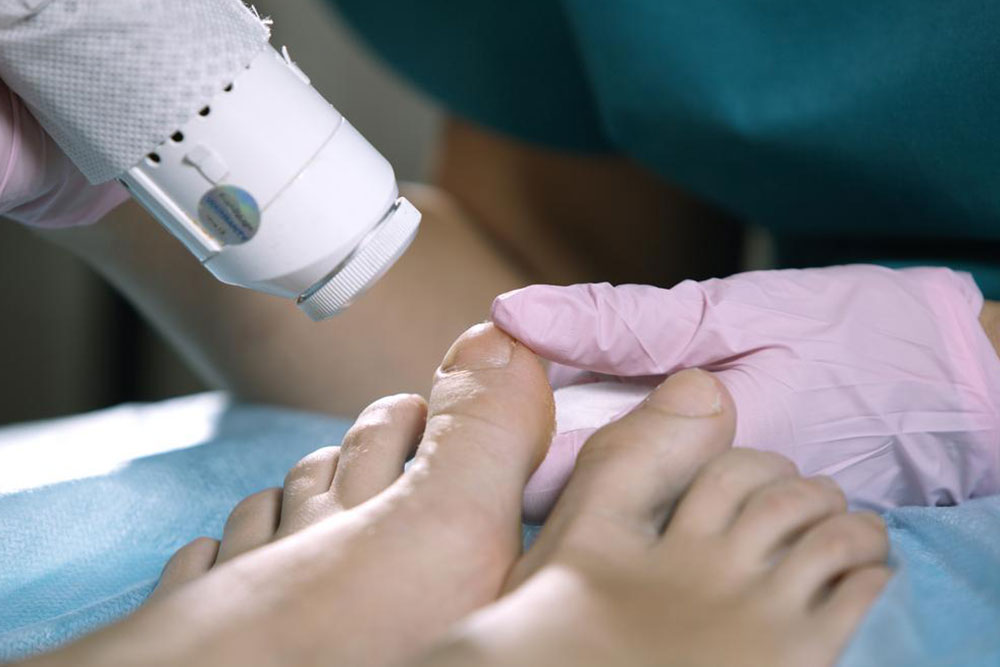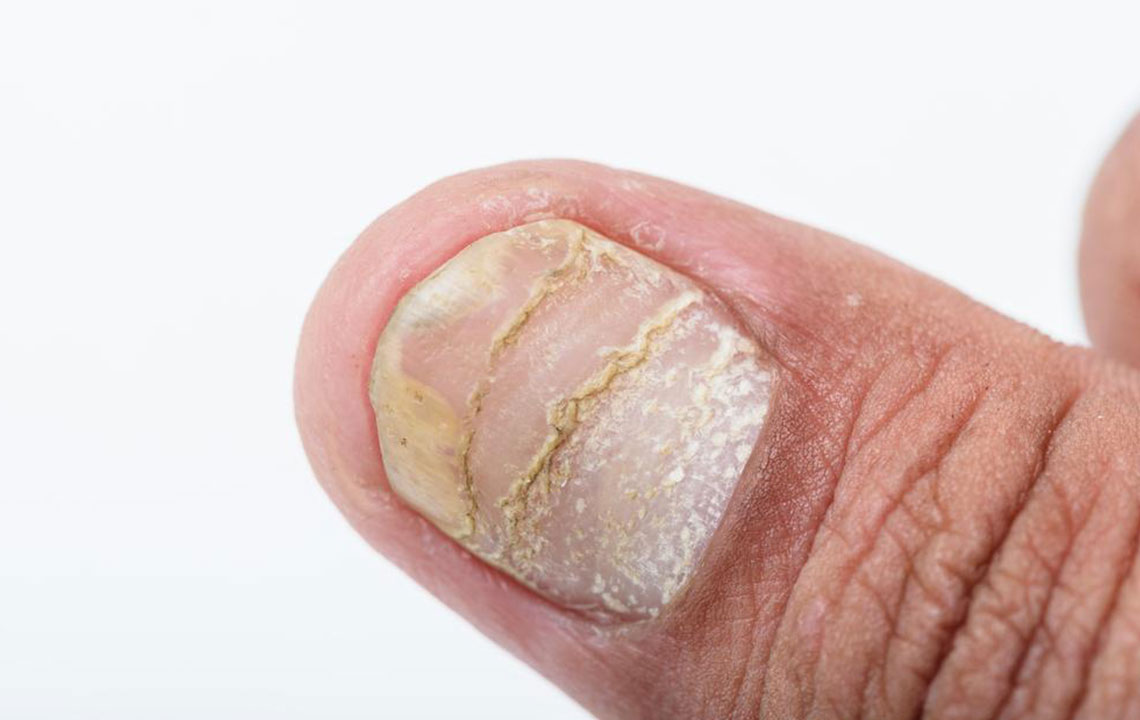Identifying Common Fungal Infections and Their Symptoms
Discover the common signs of fungal infections, including athlete's foot, ringworm, scalp ringworm, nail infections, and oral thrush. Early recognition and treatment are key to managing these conditions effectively. Learn about symptoms, causes, and the importance of seeking medical advice to prevent complications. This informative guide helps you identify fungal infections promptly, especially if your immune system is compromised or hygiene is poor. Stay informed and take action early to maintain good health and prevent the spread of these contagious infections.

Identifying Common Fungal Infections and Their Symptoms
Many illnesses show early signs before becoming serious. Recognizing these symptoms early allows for prompt treatment. Sometimes, a rash or flaky scalp is dismissed as minor issues like sunburn or dandruff. However, persistent rashes or hair loss may indicate fungal infections caused by different fungi. These infections often occur when the immune system is weakened or due to poor hygiene. Recognizing the symptoms can help you seek timely medical advice and treatment.
Fungal infections originate from fungi present in the environment. Different fungi cause various infections, including:
Common types of fungal infections include:
Athlete's foot (Tinea Pedis): An infection that affects the skin between the toes, caused by the Tinea fungus. It thrives in warm, moist environments, leading to itching, raw skin, blisters, and burning sensations. Sweaty feet, tight shoes, or contact with infected individuals increase risk. It’s highly contagious.
Ringworm: Named for its ring-shaped, scaly, and itchy patches, this infection appears as red, blotchy areas on the skin. It spreads through contact with infected individuals or contaminated surfaces like pools or showers.
Tinea Capitis: Also called scalp ringworm, caused by a mold-like fungus attacking hair strands. Symptoms include dandruff, hair loss, and bald patches.
Onychomycosis: Fungal infection of the nails by molds or yeasts, causing brittleness and discoloration of fingernails or toenails. If untreated, it can inflame surrounding skin and cause pain.
Oral Thrush: An infection from the candida yeast affecting the mouth, causing painful chewing, swallowing difficulties, and sometimes fever if it spreads beyond the mouth.
All these fungal infections often occur due to a weakened immune system or poor hygiene but are treatable. Do not hesitate to seek medical care and dispel social stigma associated with these conditions.










